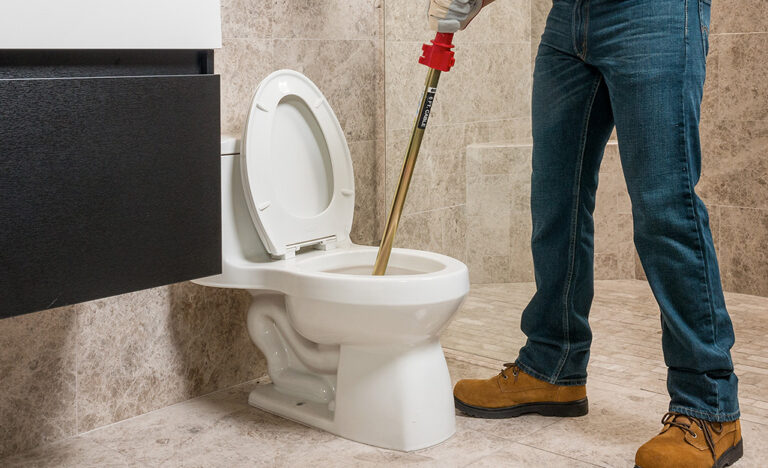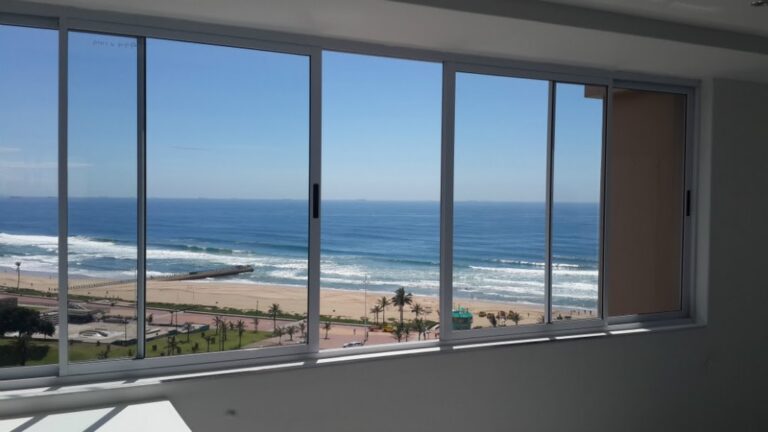How To Choose the Right Car Antenna?
A modern person cannot live in an information vacuum. This truth is quite eloquently illustrated by the behavior of a motorist: after getting into the car and starting the engine, we immediately turn on the radio antenna to find out the news or listen to our favorite music. Unfortunately, regular car radios, even of very high quality, do not always cope with the interference that the air is literally stuffed with. The situation is usually improved by installing a good car antenna. But how to determine where the antenna deserves attention, and where is the frank falsification?
It is unlikely that a mass car enthusiast is a specialist in radio engineering, so there are frequent cases when the installation of a very presentable-looking antenna not only does not improve signal reception but also worsens it. Therefore, a small educational program on this topic will be useful for most of our readers.
Also Read: Myfordbenefits
What affects the reliable reception of a car antenna?
One of the most annoying manifestations characteristics of receiving a radio signal in a car is the periodic interruption of the sound sequence, replaced by a chaotic hiss or complete loss of sound. Such effects, lasting from a few seconds to minutes, make listening to the radio pointless. Of course, the installation of an expensive branded antenna, such as a bullet antenna could radically change the situation, but only a few decide to take such a step.
There is a considerable cohort of internal causes:
- The quality of the receiving antenna
- Wiring condition
- Quality of connectors
- Physical characteristics of the receiving path of the radio
Usually, when receiving interference occurs (hiss, chaotic crackle, interruption, or fading of the broadcast), the standard measure to return to the status quo is to rescan frequencies, which allows for more fine-tuning. But this does not always help, or for a very short time, after which the problem occurs again and again. But you can make it all go away in a split second. You just need to get the right one after completing the research. Because we make hasty decisions most of the time.
External and internal antennas
Depending on the method of installation, auto antennas are divided into the following categories:
- With mortise fasteners
- On magnets
- Threaded mounting
- Devices mounted on suction cups
- Clamp fastening method
In this case, the installation can be carried out both inside the car (internal version) and outside. As for external antennas, these are predominantly passive devices, which are characterized by confident signal reception. The complexity of the installation depends on its type, but a clear pattern can be tracked here: the simpler the type of fastening, the less reliable it is. Normally, it is made complicated, which is not in anyone’s favor and could backfire in a small amount of time.
Indoor antennas. As a rule, they are equipped with built-in amplifiers, and the installation location of such an antenna does not really matter – they can be placed even at the bottom. In this case, you should follow the manufacturer’s recommendations, which may indicate at what distance from the body the device should be mounted.
Mounting external antennas
When choosing a car antenna for the radio, you should pay close attention to the method of its installation. Mortise antennas, including telescopic ones, are characterized by good sensitivity, but their main drawback is the need to drill at the installation site of the mounting hole. This is a potential source of corrosion, which can subsequently spread to nearby areas of the body. Therefore, it is so important when choosing this particular method to carry out high-quality anti-corrosion treatment of fasteners.
The use of a telescopic antenna largely solves the problem of long rods that provide the highest reception quality, since after use it can be shortened by a factor of two or three, depending on the number of sections.
But it must be remembered that the presence of microscopic intersection gaps is also the probability of moisture getting there with the corresponding consequences, so these connections must be periodically lubricated (for example, with graphite grease). It should also be borne in mind that a long antenna can simply break when moving at high speed and in a strong headwind. All you need to know about choosing a car antenna is here. gu



![How can I delete a Facebook Pixel? [In 2022]](https://writofly.com/wp-content/uploads/2022/07/socialmedia-g97aa02cea_640.jpg)


